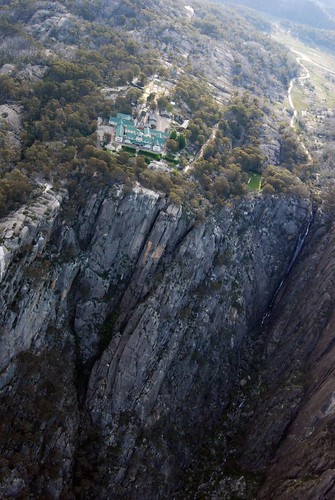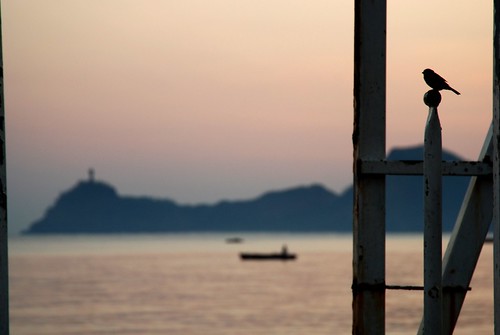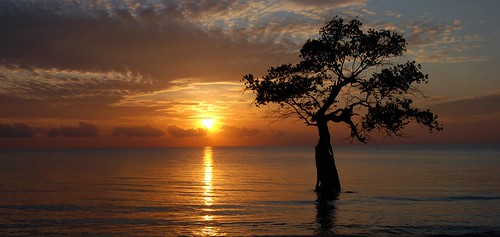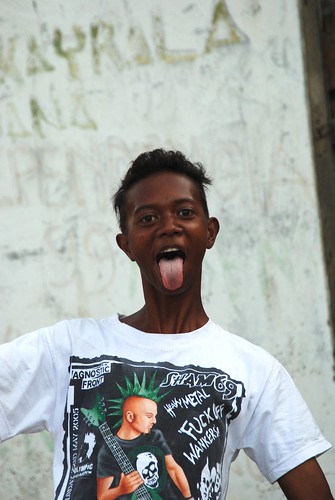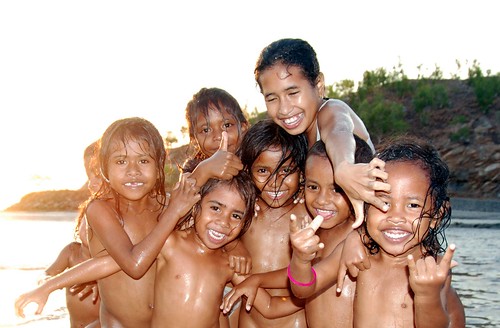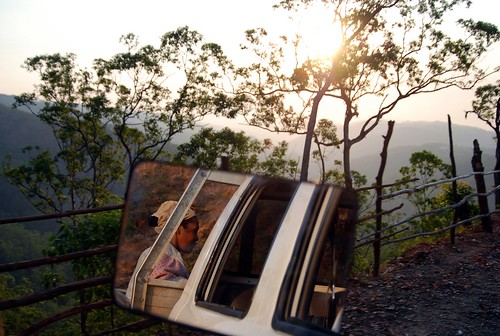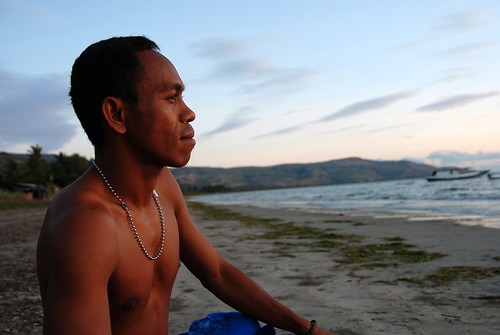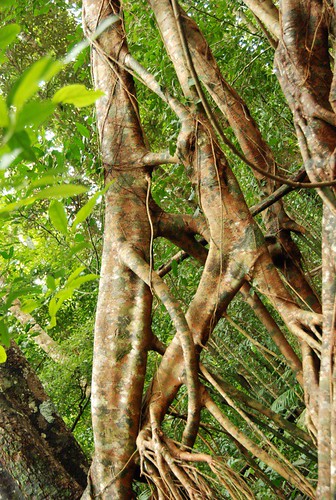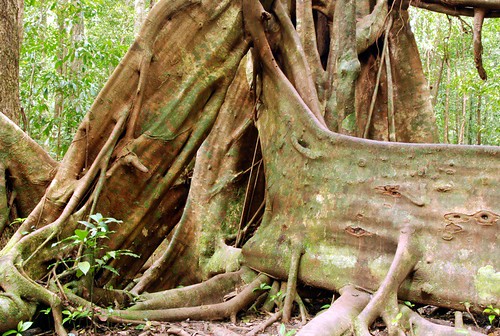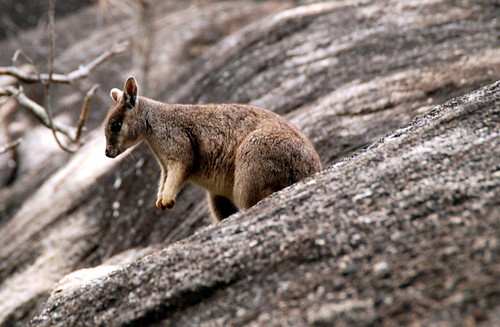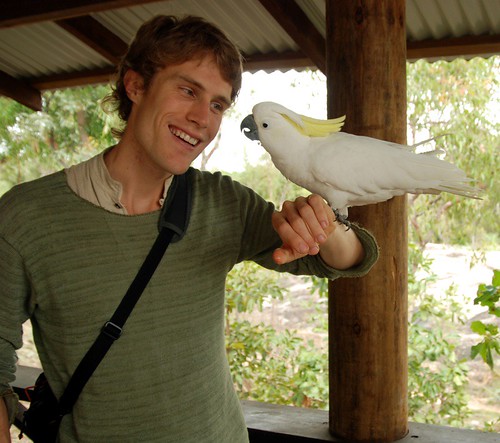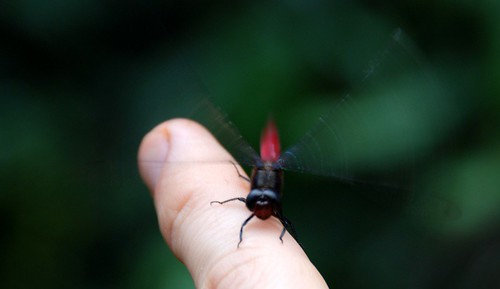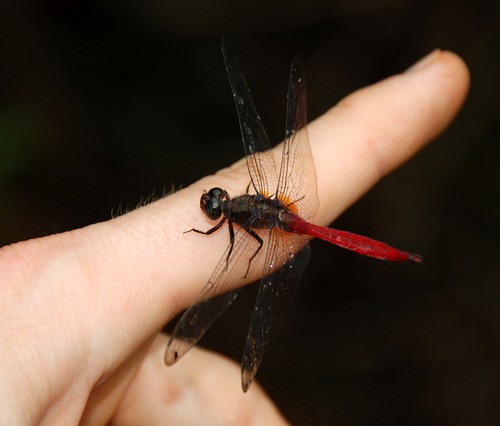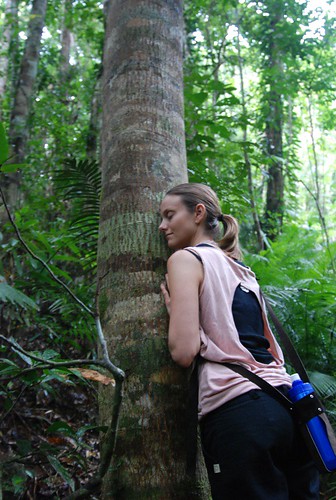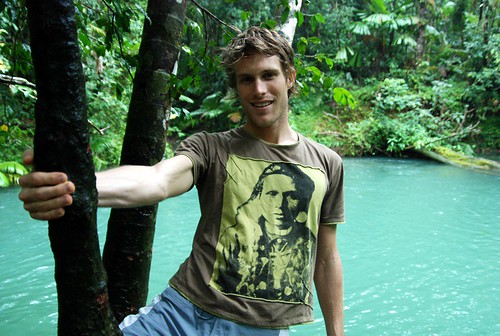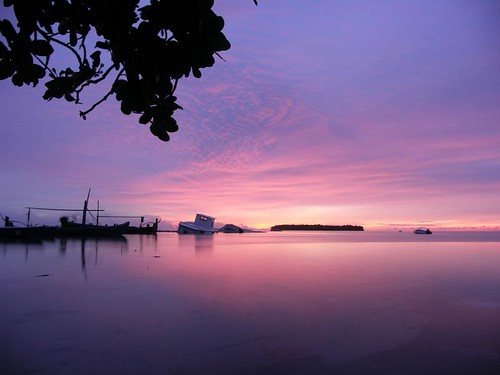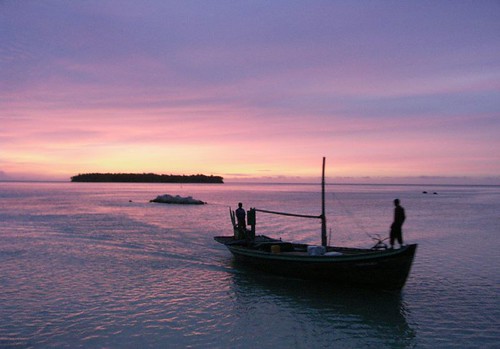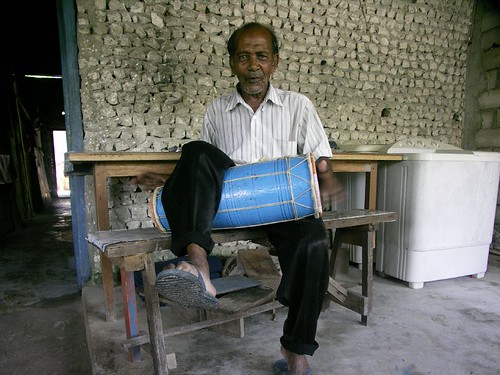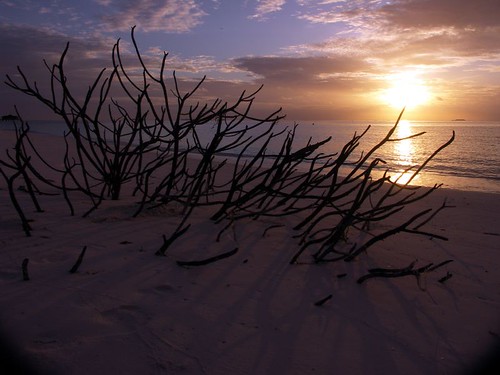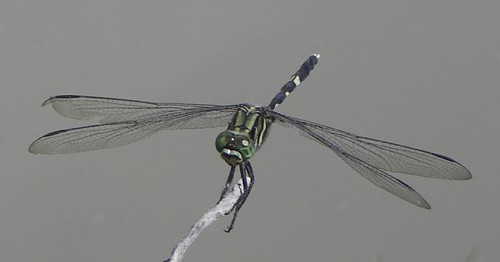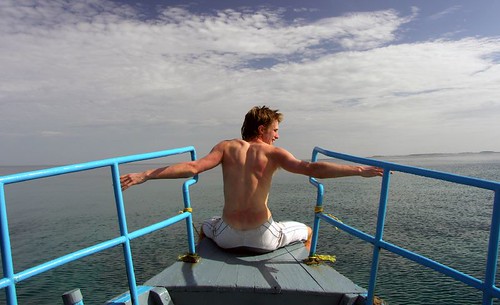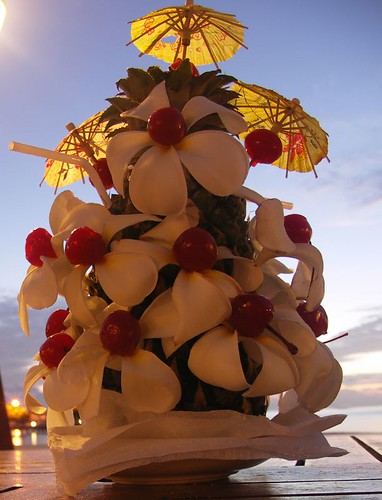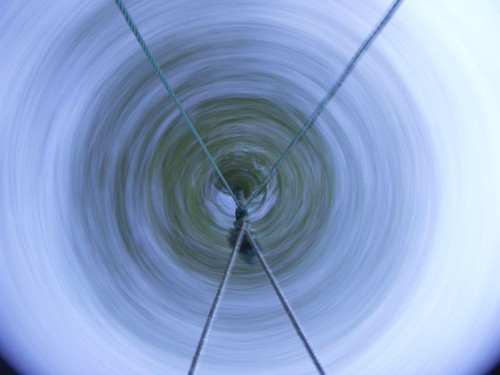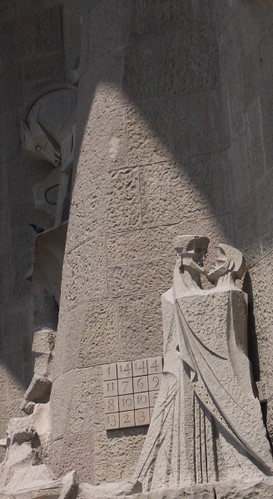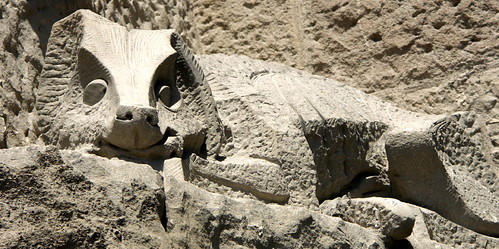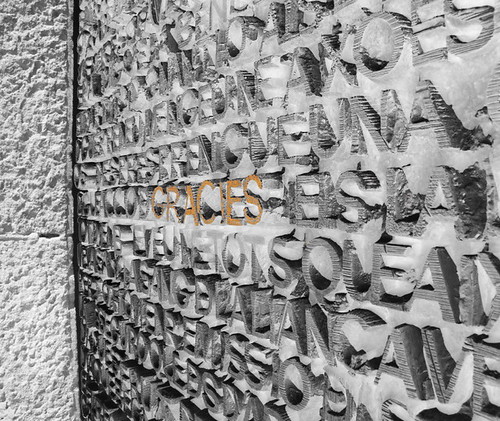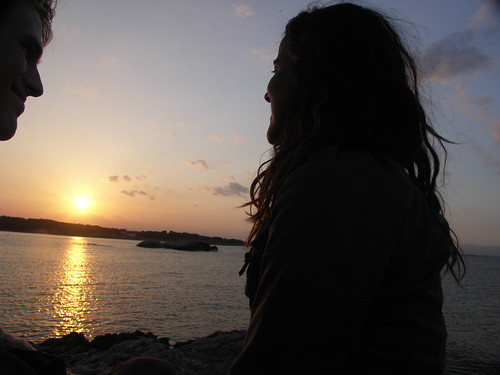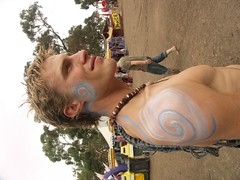Close Encounters of the Dragonfly Kind (aka What Women Want)
Notes from beneath a granite waterfall at the base of Mt Buffalo...
I’ve spent the last two hours in the company of one very persistent, sexed up dragonfly. He will go to great ends to defend his territory, frequently engaging in aerial combat, often simultaneously with two or more opponents. When given a moments rest, he catches his dragonfly breath at the protruding end of a stick that is mostly submerged, lodged between granite rocks in a cascade of Mt Buffalo’s Eurobin Falls. This vibrant, vital creature will not hesitate to pursue his rivals into the sky, his aerial strength and prowess obviously a favourite with the ladies, as is his choice of prime mating and egg laying location. For in the time that I’ve watched him, I’ve seen fourteen successful matings... no... wait,... make that FIFTEEN! Go you good thing! It’s as if he knows exactly what women want (a strong man with an emerging stick??).
No sooner than a lady lands nearby, admiration and lust in her eyes, dragonfly eyelashes fluttering and dragonfly wings folded back and quivering in anticipation, than her neck is grabbed by his tail, and she is flown to the aforesaid mating branch. Often, en route he must engage in dogfight with his rivals, before finally landing and consummating their brief affair. From there it’s straight underwater with the lass, who climbs submerged down along the length of the stick to lay her eggs in the constant, fresh running water that will be their larvae’s ideal nursery. But no sooner is she below the water’s surface, than he’s back at it again, ready for the next concubine. However, the women, for their part, don’t seem to mind; there being a procession of up to five women laying eggs down the stick whilst mating goes on overhead. Not to worry, for the woman has been satisfied, and will complete her mission in life... once traffic eases. Any trip back to the surface may be in fain, for the film of flowing water at the surface is difficult to penetrate once wings are wet, and the exit path is treacherous. All too often the female ends up carried away by the stream. [Perhaps this explains how I, good sir Warwick have come to rescue two dragonflies from the water on prior expeditions].
Meanwhile, the sire of the future dragonfly village gets on with (creating) life...
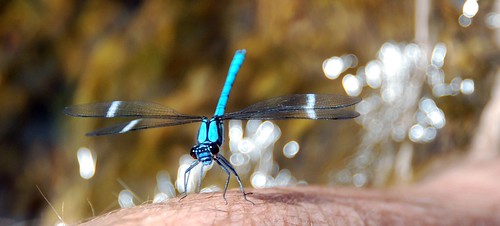
THE EUROBIN DRAGONFLY EITHER: A) TRYING TO DUEL WITH ME, B) ADVERTISING MY LEG TO FEMALES AS A GOOD PLACE TO MATE, OR C) ATTEMPTING TO MATE WITH MY LEG
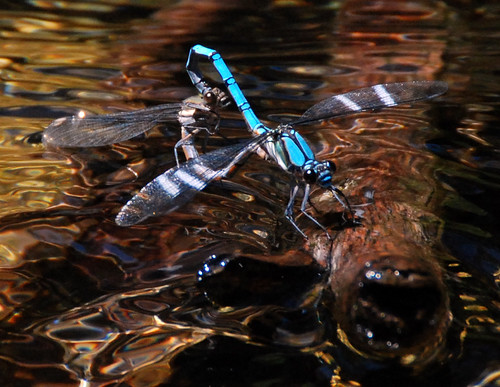
THE DRAGONFLY IN THE PROCESS OF COMPLETING THE CIRCLE OF LIFE WITH A CONCUBINE
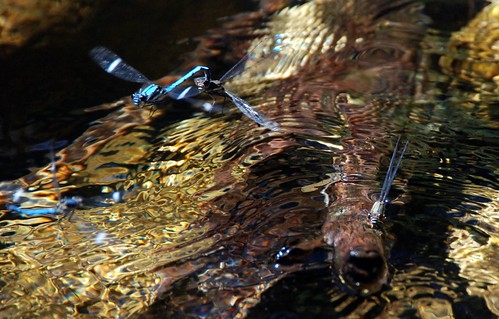
The DRAGONFLY TAKING HIS LOVER INTO ENGAGEMENT WITH A RIVAL, WHILST HIS PREVIOUS MATE LAYS FERTILISED EGGS UNDERWATER AND HIS NEXT CONSORT PATIENTLY LOOKS ON
More pictures at http://www.flickr.com/photos/beautifulworld/sets/1815898/
Buy My Photos flickr tribe myspace blog youtube facebook

